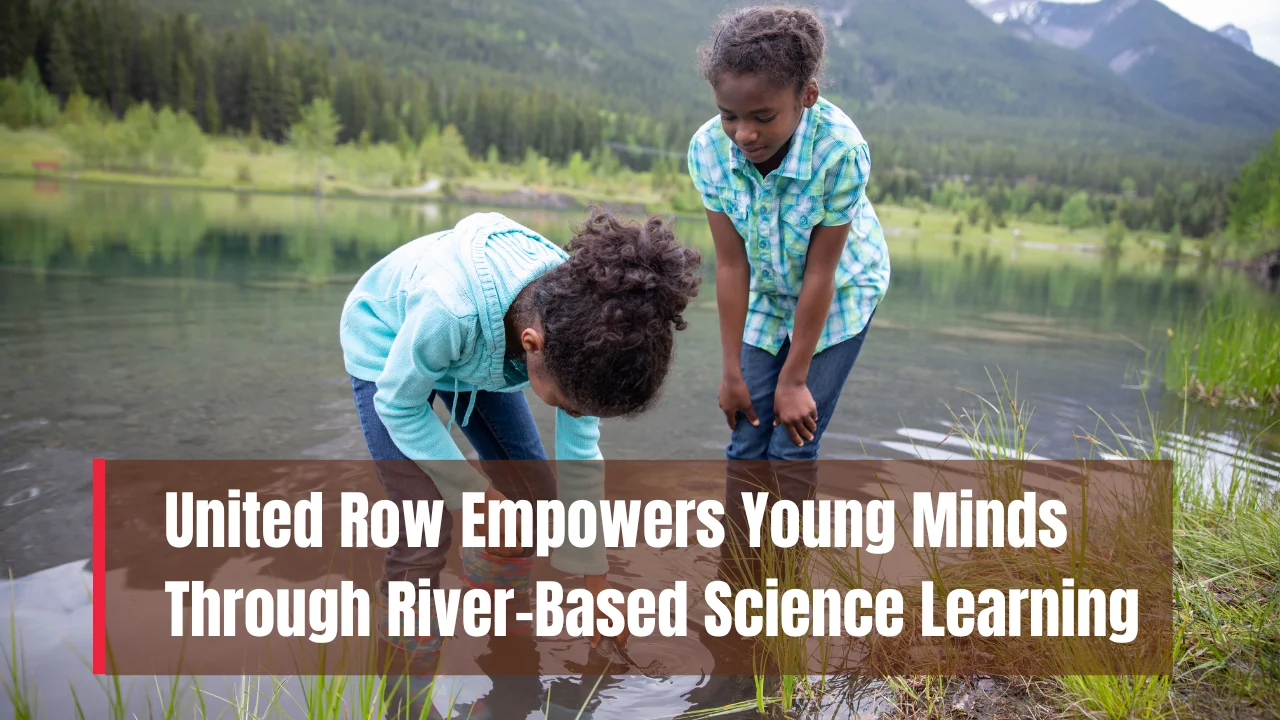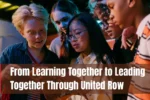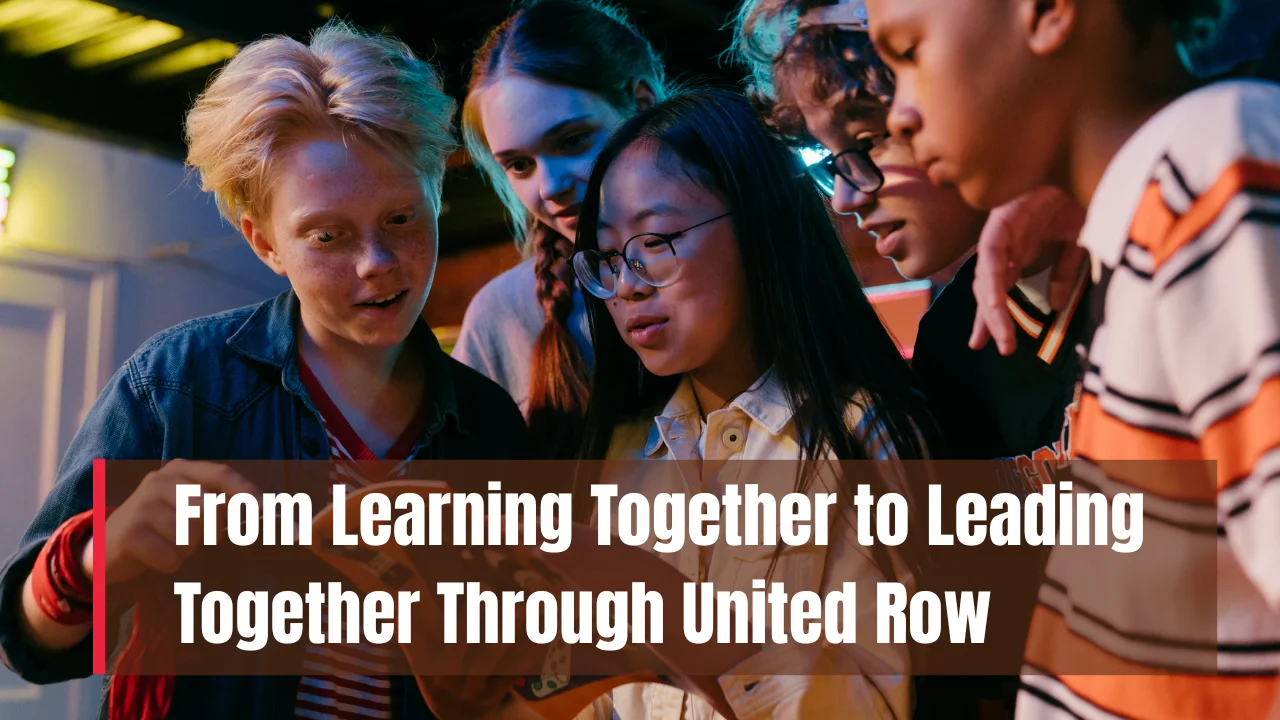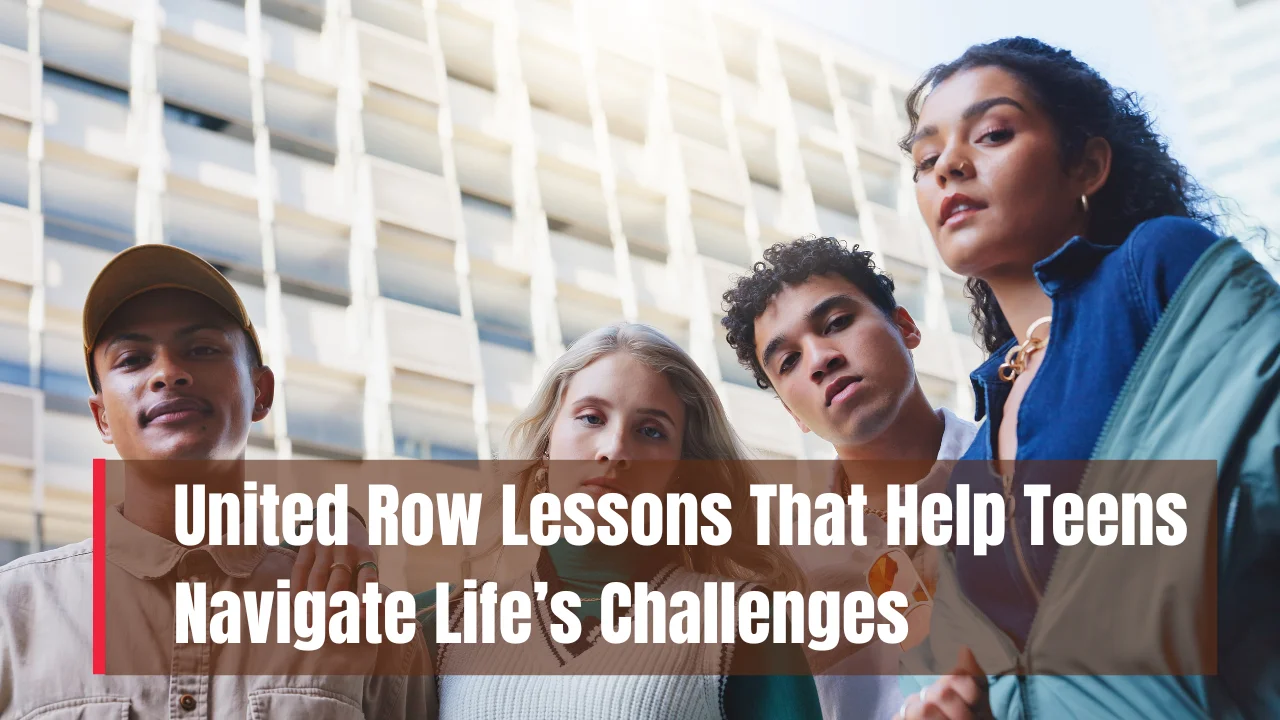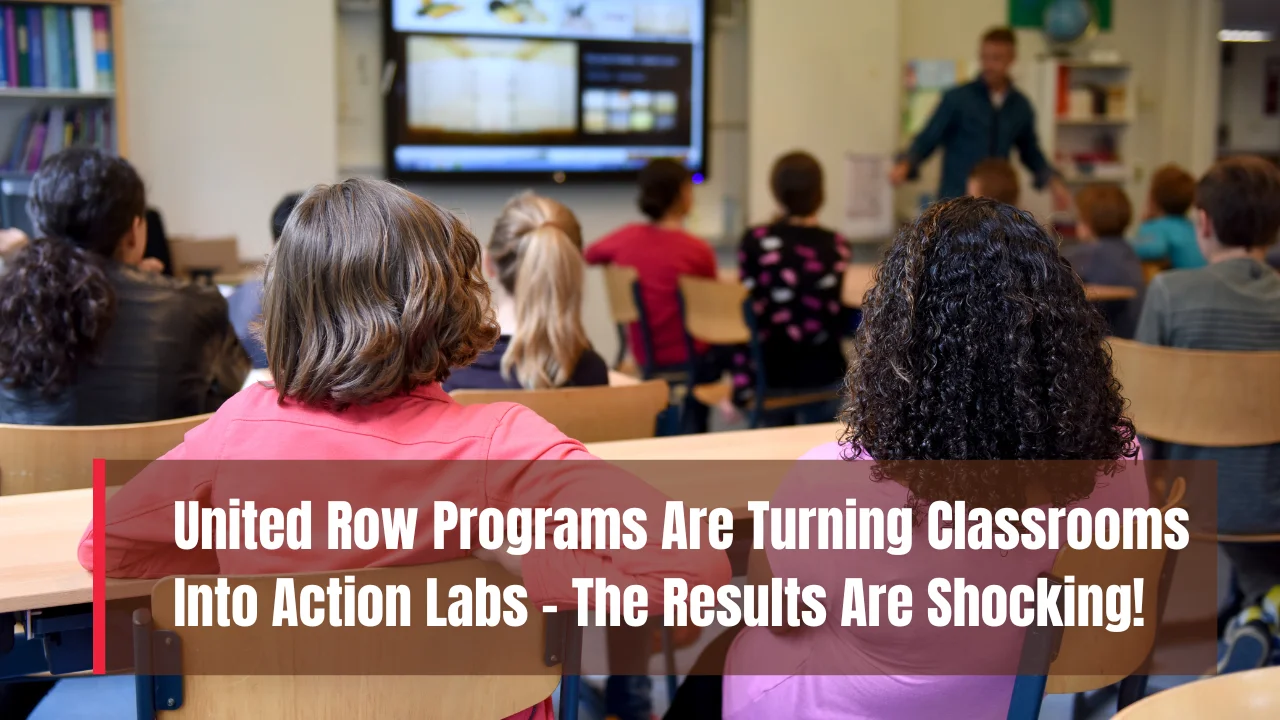River-Based Science Learning: River-based science learning is turning education into an adventure, especially for students who’ve never experienced learning beyond the classroom walls. It blends discovery, exploration, and real-world connection, making science relatable and exciting. One of the strongest examples of this in action is United Row, an initiative that combines rowing and environmental education to reshape how young people engage with science.
This article dives into how United Row is helping youth, particularly in underserved communities, gain scientific knowledge and life skills by studying and rowing on rivers. You’ll discover how this approach works, what makes it effective, and why it’s catching the attention of educators nationwide. From improving environmental awareness to building teamwork, river-based science learning is making a lasting impact.
River-Based Science Learning: A Pathway to Real-World Education
River-based science learning brings education to life by using rivers as open-air classrooms. Through observation, hands-on experiments, and physical activity like rowing, students get a real taste of how science affects the world around them. It’s not just about learning facts—it’s about seeing those facts in action. This method encourages engagement, improves memory retention, and develops critical life skills. Programs like United Row are proving that when young people connect with nature, their learning becomes deeper and more meaningful.
Overview Table: A Glance at River-Based Science Learning with United Row
| Aspect | Description |
| Program Name | United Row |
| Learning Environment | Outdoor, river-based locations |
| Main Focus | Science education through environmental interaction |
| Activities Included | Rowing, water testing, field experiments |
| Target Audience | Middle and high school students, especially from underserved areas |
| Skills Developed | Teamwork, leadership, ecological literacy, problem-solving |
| Educational Goals | Connect science to real-life, boost STEM interest |
| Long-term Impact | Encourages careers in science and environmental stewardship |
What Is River-Based Science Learning?
River-based science learning is a dynamic and immersive teaching method where students explore rivers to understand scientific principles. Instead of relying solely on textbooks, learners interact directly with natural ecosystems. They test water samples, identify plant and animal life, and study environmental changes firsthand.
This approach connects lessons to reality, helping students see how scientific knowledge applies to the world around them. It’s particularly effective for students who struggle in traditional classrooms, offering an alternative path to engage with science and build a lasting relationship with nature. By placing learners at the heart of the environment, this method encourages inquiry, observation, and critical thinking—all essential skills for both science and life.
United Row: Learning Beyond the Classroom
United Row is more than an afterschool program—it’s a movement that blends science, sport, and purpose. Designed to serve communities with limited access to outdoor learning, it offers students a chance to row on local rivers while conducting science-based investigations.
Participants aren’t just paddling for exercise. As they row, they explore real-time environmental challenges: pollution levels, water temperature changes, and biodiversity shifts. This powerful mix of physical activity and academic exploration deepens student engagement. It builds self-confidence, introduces career paths in science, and fosters a sense of environmental responsibility. United Row’s model proves that science doesn’t have to be confined to lab coats and chalkboards.
Key Benefits of River-Based Learning
River-based science learning offers a wide range of benefits that reach far beyond academic performance. Students become more aware of their environment and their role in protecting it. Here’s how this learning style makes a real difference:
- Real-World Application: Students apply what they’ve learned directly to real-life situations. Water testing, analyzing samples, and tracking changes over time helps them grasp core scientific concepts more deeply.
- Physical Development: Rowing improves strength, coordination, and mental focus. It supports physical health while teaching discipline and teamwork.
- Stronger Community Connection: Learning about the local river encourages pride in one’s community and inspires students to protect their environment.
- STEM Confidence: Students gain hands-on experience with tools and techniques used in environmental science, boosting their interest and self-belief in STEM subjects.
These benefits are particularly important for students in underserved areas, where exposure to such learning opportunities is often limited.
How the Program Works
United Row is structured to integrate physical activity with science education in a way that feels natural and engaging. Students are taken out onto the river with trained educators and rowing coaches. They learn how to row safely, collect environmental data, and analyze their findings.
Each session is carefully planned to include both athletic and academic objectives. One day might focus on testing water quality parameters such as turbidity or pH, while another explores the river’s role in the local ecosystem. These real-world observations are then tied back to classroom lessons in biology, chemistry, and earth science. This practical, integrated learning style ensures students not only remember the information—they understand and value it.
Key Features of United Row’s Program
- Hands-On Experiments on Water: Students gather and study water samples, learning how changes in river conditions reflect broader environmental patterns.
- Team Rowing Activities: Working in teams to navigate the river builds leadership, communication, and cooperation skills that serve students far beyond the program.
Impact on Students
Students who engage in river-based science learning with United Row often report a transformation in how they see education and the environment. The program has been linked to improved attendance, higher grades in science, and increased interest in pursuing STEM careers.
In many cases, students who were previously disengaged in class become active learners, eager to ask questions and find solutions. The unique blend of physical and mental challenge builds resilience and confidence. Teachers also note better behavior and teamwork among participants, showing the broader social value of the program.
Challenges and Future Goals
Despite its success, United Row faces challenges that limit its reach. Weather conditions, equipment costs, and safe access to rivers can all pose barriers. However, the organization works closely with community leaders and educators to overcome these issues and make the program more accessible.
Looking ahead, United Row aims to expand its reach into new regions and include lessons on climate change, water justice, and the cultural history of rivers. By deepening its educational offerings, it hopes to build a generation of students who are not only informed but also empowered to make change.
Final Thoughts
United Row isn’t just teaching science—it’s reshaping how we define education. Through river-based science learning, young minds gain the tools, confidence, and curiosity to succeed in school and life. They’re not only understanding the environment—they’re becoming part of the solution to protect it.
This kind of program shows what’s possible when we rethink learning spaces and trust students to explore, ask, and discover. If you’re a parent, teacher, or community leader, consider how programs like this could make a difference in your area. Want to see more learning come to life? Share your thoughts in the comments and explore our other content on nature-based learning.
